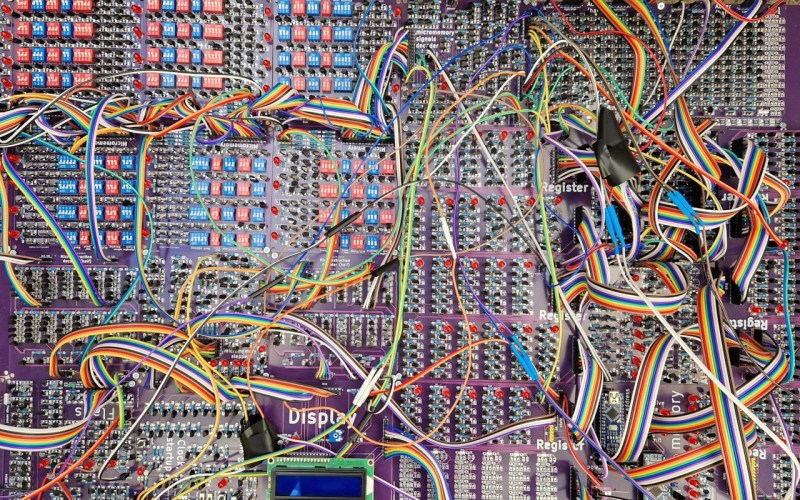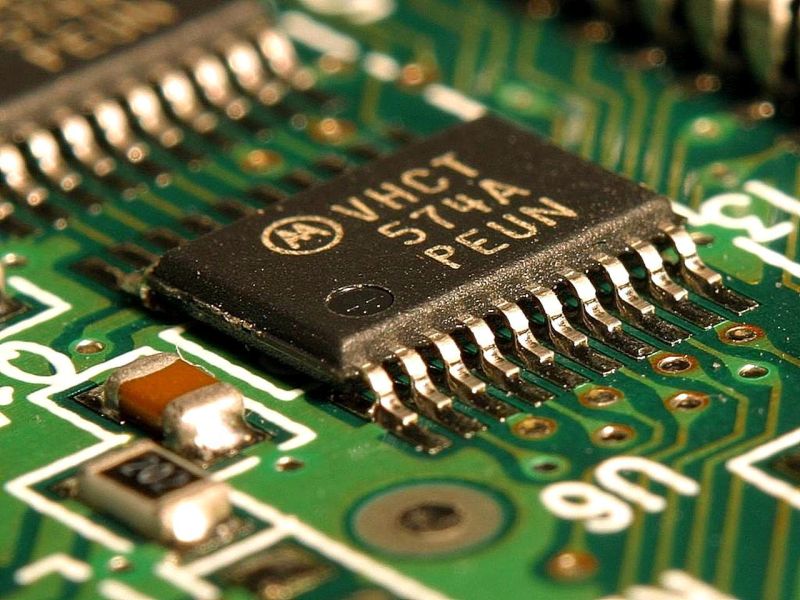As it turns out, the answer is not 42, it’s 42.3 — thousand. That’s how many discrete transistors spread across the 30 m2 room housing this massive computation machine. [James Newman’s] Megaprocessor, a seriously enlarged version of a microprocessor, is a project we’ve been following with awe as it took shape over the last couple of years.
[James] documented his work in great detail, and by doing so, took us on a journey through the inner workings of microprocessors. His monumental machine is now finished, and it’s the ultimate answer to how a processor – and pretty much everything …read more
 Continue reading 42,300 Transistor Megaprocessor Is Complete→
Continue reading 42,300 Transistor Megaprocessor Is Complete→

